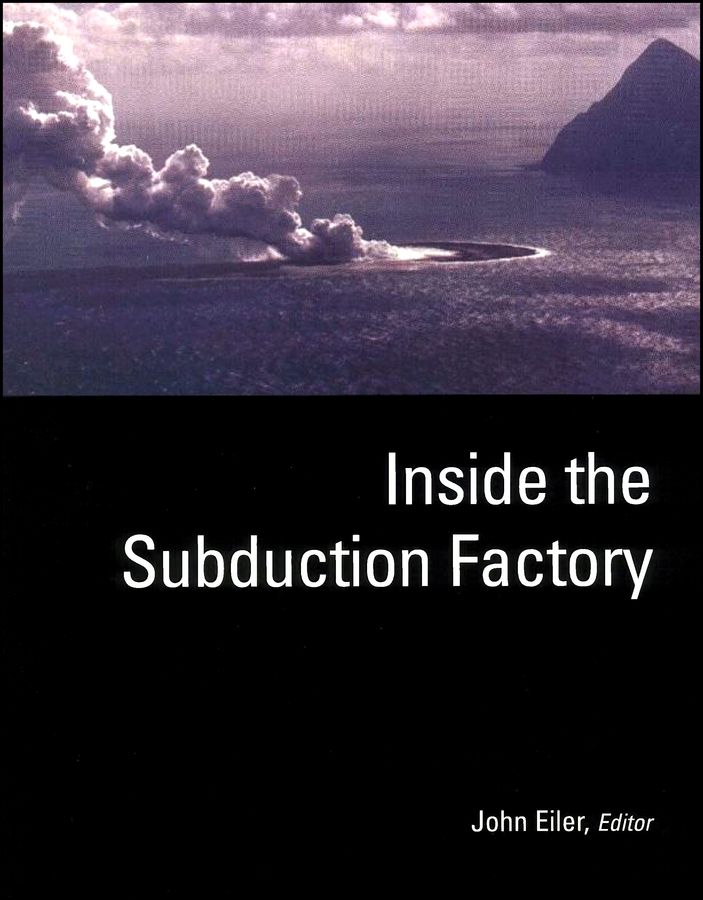Published by the American Geophysical Union as part of the Geophysical Monograph Series, Volume 138.<br /> <br /> Subduction zones helped nucleate and grow the continents, they fertilize and lubricate the earth’s interior, they are the site of most subaerial volcanism and many major earthquakes, and they yield a large fraction of the earth’s precious metals. They are obvious targets for study—almost anything you learn is likely to impact important problems—yet arriving at a general understanding is notoriously difficult: Each subduction zone is distinct, differing in some important aspect from other subduction zones; fundamental aspects of their mechanics and igneous processes differ from those in other, relatively well-understood parts of the earth; and there are few direct samples of some of their most important metamorphic and metasomatic processes. As a result, even first-order features of subduction zones have generated conflict and apparent paradox. A central question about convergent margins, for instance—how vigorous magmatism can occur where plates sink and the mantle cools—has a host of mutually inconsistent answers: Early suggestions that magmatism resulted from melting subducted crust have been emphatically disproved and recently just as emphatically revived; the idea that melting is fluxed by fluid released from subducted crust is widely held but cannot explain the temperatures and volatile contents of many arc magmas; generations of kinematic and dynamic models have told us the mantle sinks at convergent margins, yet strong evidence suggests that melting there is often driven by upwelling. In contrast, our understanding ofwhy volcanoes appear at ocean ridges and “hotspots”—although still presenting their own chestnuts—are fundamentally solved problems.
Inside the Subduction Factory
₹6,007.00
This book is currently not in stock. You are pre-ordering this book.




